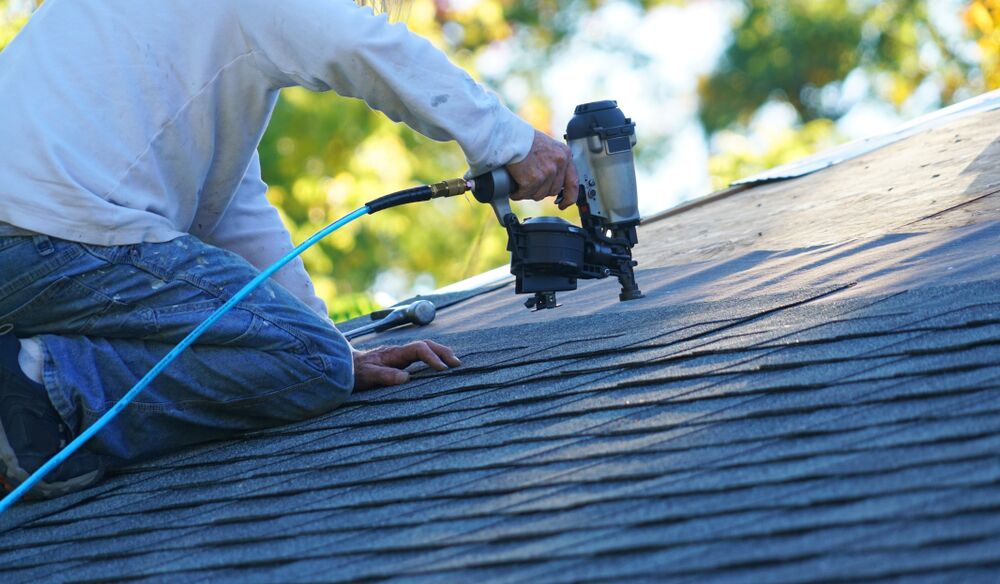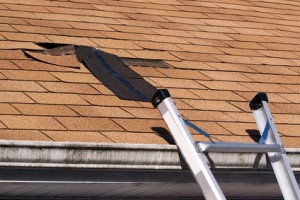Checking Out the Various Types of Roofing Systems: Which One Is Ideal for Your Home?
When taking into consideration the myriad types of roofs offered, it is vital to review just how each alternative aligns with your home's unique demands, consisting of environment problems, visual choices, and architectural performance. From the traditional gable roofing that effectively networks rainwater to the modern-day level roofing offering city adaptability, each design offers unique benefits and challenges.
Saddleback Roof
Saddleback roofs, defined by their triangular form and sloping sides, are a popular option among house owners looking for both aesthetic allure and performance. This roofing system design successfully permits effective water runoff, reducing the risk of water merging and succeeding damage. Furthermore, the steep slopes develop adequate attic room, which can be used for storage and even transformed right into living areas.
One of the key benefits of gable roofings is their ability to withstand extreme weather condition conditions. The layout assists in lessening wind resistance, making them especially suitable for locations prone to tornados. Additionally, saddleback roofs can be built using a selection of materials, consisting of roof shingles, tiles, and steel, providing home owners with versatility in layout and budget plan.
From a building point of view, gable roofing systems can enhance the visual charm of a home, providing a traditional and classic appearance. Overall, gable roofing systems stay a preferred alternative due to their equilibrium of usefulness and design, appealing to a vast range of house owners.
Apartment Roofs
While often overlooked in favor of more traditional roofing system styles, flat roofs offer special benefits that satisfy certain building requirements and contemporary design preferences. These roofs are characterized by their minimal pitch, permitting for efficient use room, specifically in city atmospheres where making the most of square footage is important.
One significant advantage of level roofs is their flexibility. They can be utilized as added home, such as rooftop gardens, patio areas, or photovoltaic panel setups, enhancing the capability of a home. In addition, flat roofs are generally much easier and safer to browse throughout maintenance, facilitating fixings and evaluations without the obstacles positioned by high inclines.
Flat roof coverings can likewise be more cost-efficient in terms of products and setup. With a simpler design, they often need fewer sources, translating right into lower labor expenses. However, it's vital to consider drain and waterproofing, as level roofing systems can be vulnerable to merging water otherwise adequately created.

Hip Roofings
Hip roof coverings stand apart for their classy design and structural stability, making them a preferred choice among home owners. Defined by inclines on all 4 sides, hip roofing systems supply a healthy visual that complements various architectural designs - roof repair oahu. The balanced nature of these roofs helps to disperse weight evenly, enhancing stability and toughness
Among the vital advantages of hip roofs is their ability to endure extreme climate condition. The sloped surfaces help with effective water drain and snow runoff, decreasing the danger of leaks and structural damage. Furthermore, the design reduces wind resistance, making hip roofs much less at risk to wind uplift compared to various other roof covering kinds.


Shed Roof Coverings
Dropped roofs, in comparison to the complexity of hip roofs, use a minimalist and streamlined layout that attract modern-day looks. Defined by a solitary sloping surface, lost roofing systems are often used in modern design, yard sheds, and other useful structures. This simpleness not only boosts visual charm yet also enables browse around here efficient water overflow, making them suitable for different environments.
Among the key advantages of shed roofing systems is their cost-effectiveness. With less products called for and a straightforward setup procedure, home owners can conserve both time and money. The design additionally permits the unification of large windows or skylights, promoting natural light and producing large insides.
Nonetheless, it is essential to consider the prospective disadvantages, including minimal insulation alternatives and the demand for mindful layout to stay clear of excessive heat buildup. Additionally, shed roofs may not mix seamlessly with traditional architecture, which could be an issue for some property owners.
Ultimately, shed roofs present a fashionable and sensible roof covering option for those seeking modernity and effectiveness. When selecting a roof kind, assessing personal functional needs and aesthetic preferences will certainly assist house owners to the finest choice for their one-of-a-kind requirements.
Mansard Roofing Systems
Mansard roofing systems, defined by their distinctive four-sided layout, are a characteristic of French design that combines style with performance. This architectural design features 2 slopes on each side, with the reduced incline being steeper than the top one. The unique arrangement permits additional space in the upper degrees, making it a suitable choice for home owners seeking to take full advantage of usable location without expanding the structure's footprint.
Among the significant benefits of a mansard roofing system is its convenience. It can be adapted to numerous architectural designs, from traditional to contemporary, boosting the aesthetic allure of any home. Furthermore, the enough area created under the roofing system can conveniently accommodate dormer home windows, which permit natural light and ventilation, more enhancing the comfort of the living location.
Nonetheless, possible house owners should think about the maintenance demands connected with mansard roofing systems. Setup costs might be greater contrasted to easier roof styles due to the complexity of building.
Final Thought
In verdict, the choice of a proper roofing kind pivots on individual demands, climate factors to consider, and aesthetic preferences. Each roofing design presents one-of-a-kind benefits, such as the efficiency of gable roofing systems, the modern appeal of shed roofing systems, and the stability of hip roofs. Moreover, flat roofs provide usefulness for metropolitan settings, while mansard roof coverings provide extra space regardless of greater installment prices. Eventually, an extensive assessment of dig this these factors will certainly direct home owners in making a notified decision.
From the traditional gable roof that efficiently channels rainwater to the contemporary flat roofing offering metropolitan flexibility, each style presents distinct benefits and challenges (roof check my blog repair oahu). In addition, the style reduces wind resistance, making hip roofings much less prone to wind uplift compared to various other roofing system types
Dropped roofs, in comparison to the intricacy of hip roofs, supply a minimalist and structured design that appeals to modern-day appearances. Each roof covering style presents one-of-a-kind benefits, such as the performance of gable roofs, the modern allure of shed roofings, and the security of hip roofing systems. Flat roofing systems use practicality for city atmospheres, while mansard roofings give added living area regardless of higher installment costs.